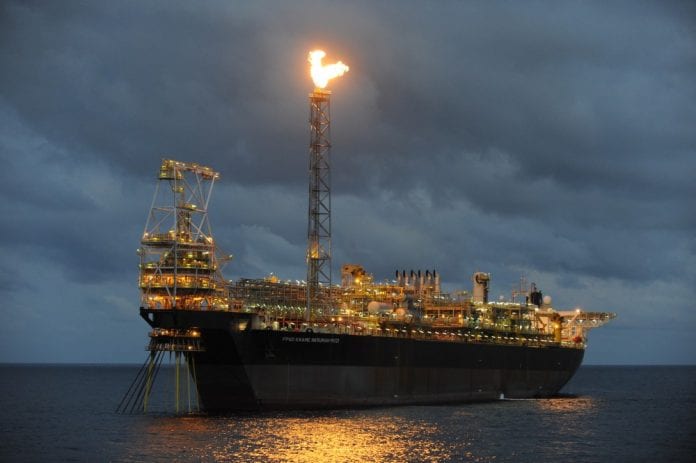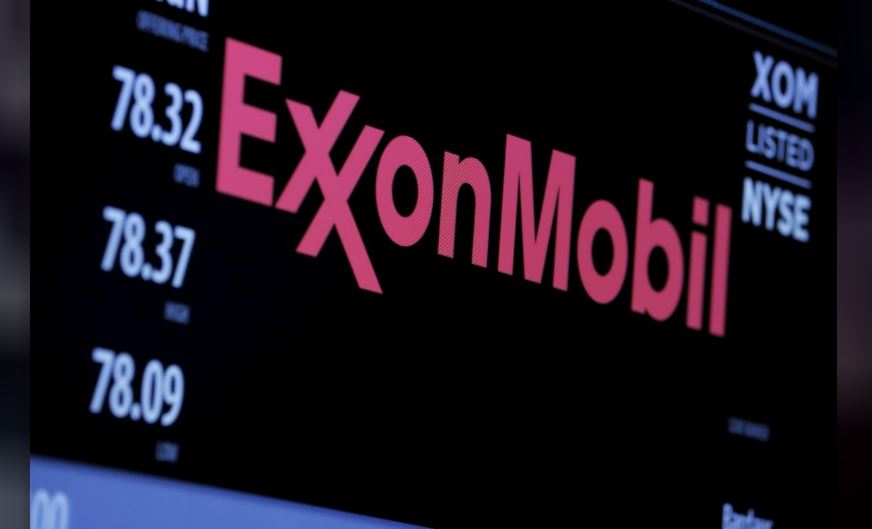ExxonMobil hopes to gain environmental approval for oil production at the Uaru field and ahead of that approval, the company says that it intends to install spare parts and pursue other plans that may reduce natural gas flaring at the site.
Flaring from the Floating, Production, Storage and Offloading (FPSO) vessel on ExxonMobil’s first project offshore Guyana, Liza 1, has dogged the company, forcing the authorities to implement fines for flaring above the level allowed.
Anthony Jackson, in-country projects manager, for Esso Exploration and Production Guyana Limited (EEPGL), ExxonMobil’s local affiliate, said that company has learnt many lessons from Liza 1 and the other three projects already approved: Liza 2, Payara and Yellowtail.
As such, at a public scoping meeting on Monday, Jackson said, “We as operators believe that we are going to have improved flare performance (at Uaru).”
Because the flaring issues at Liza 1 were linked to a faulty gas compressor aboard the Liza Destiny vessel, Jackson said that the company is seeking to install spares on the Uaru FPSO to avoid a “single point of failure”.
He also highlighted that the EEPGL will be crafting a “flare minimisation plan” that may determine ways in which the company would be able to reduce the amount of natural gas released, even during pilot levels.
Other potential avenues of reducing flare levels include utilising a closed loop system in the production of oil and gas, and improving the gas injection and fluid utilisation processes.
“The project is still under design,” Jackson, however, reminded the gathering at the Umana Yana.
He later added, “That’s part of the design process to test if that is doable.”
Flaring is a major environmental concern, as it generates harmful greenhouse gases which are responsible for changes in the world’s climate. With these changes, harmful disasters such as flooding are being experienced more frequently.
With challenges encountered with its faulty gas compressor aboard the Liza Destiny, ExxonMobil was forced to engage in unplanned flaring that eventually prompted the company to reduce production.
Subsequently, the Environmental Protection Agency (EPA) commenced charging the oil company US $45 per tonne of the excess Carbon Dioxide equivalent (CO2e) emitted due to flaring.
Meanwhile, Jackson noted that about 40 to 76 wells should be drilled at the Uaru site which is located some 200 kilometres from Georgetown. The oil ship that will be used here is capable of holding about two million barrels of oil.
The Uaru project, if approved, could come onstream in 2027. Further studies are expected to indicate how much natural gas will be burnt daily during the project’s startup phase.
An environmental impact assessment (EIA) will soon be conducted on this project to determine what potential impacts oil production here might have on Guyana’s environment. That assessment is also expected to determine the impact on various stakeholders.
Monday’s public scoping meeting, which is one of eight such engagements, is meant to garner concerns from members of the public. Those concerns would then be assessed in the EIA.













